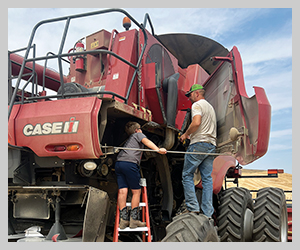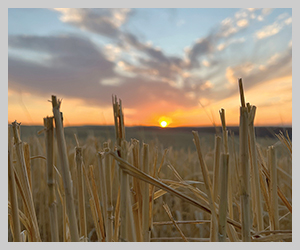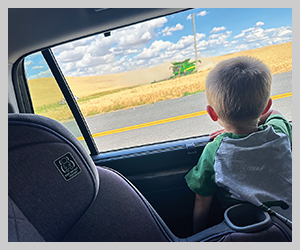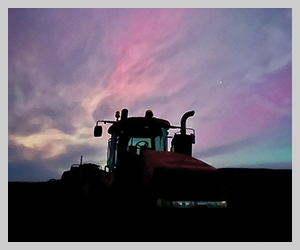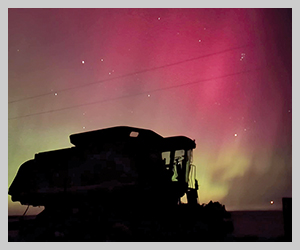Knowledge is key to effective herbicide use 2023 AMMO recap
2023March 2023
By Trista Crossley
Editor
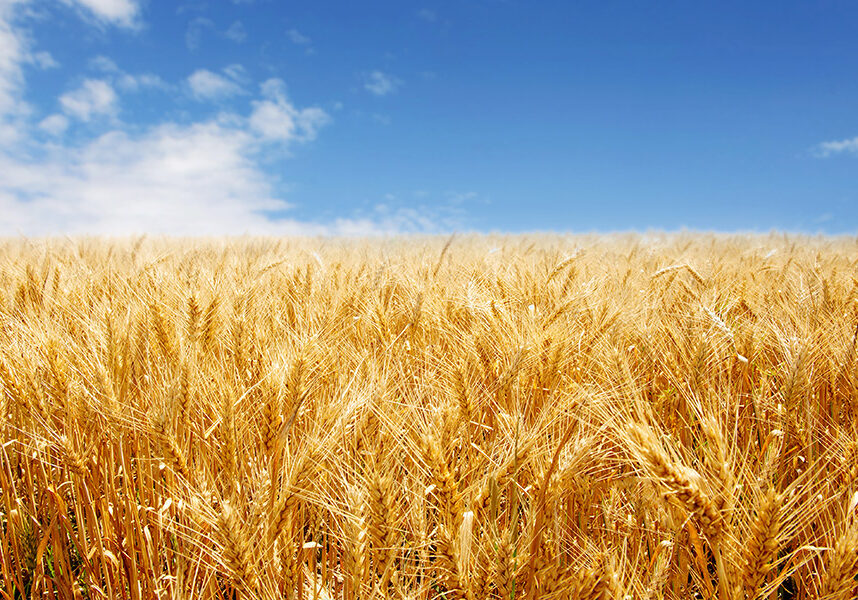
Identification and knowing when a plant is most vulnerable are critical when it comes to chemical weed control in pasture and rangeland according to Jerry Ellis, area sales manager for Envu.
Ellis was presenting at the first Agricultural Marketing and Management Organization’s seminar last month. More than two dozen growers gathered in Ritzville to benefit from Ellis’ 30 years of experience working with herbicides and pesticides. Growers were eligible to receive two pesticide credits for attending the seminar. Envu was formerly Bayer’s environmental science professional business that was sold to a private equity firm.
“When you are going out in the field, the first thing you need to know is what kind of weeds you have out there,” Ellis said. PictureThis, an iPhone app, and Flora ID for Androids (both apps require either a purchase or a subscription) are useful in identifying plants, as is the two-volume set of “Weeds of California and Other Western States.” Growers can go to the websites, cdms.net and agrian.com, to find label information.
Active ingredients usually work on weeds in the same family and knowing if the weed is an annual, biennial or perennial determines when to time herbicide applications (fall application is best for perennials). Another useful bit of information is knowing how long weed seeds last in the soil and how many flushes a weed could have.
“Cheatgrass, the seeds only last in the soil three to four years, so if you can put down a product that gets rid of that seed source and lasts four years, that’s more advantageous than using one or two other products that you have to spray every two years,” he explained.
“I always bring up Russian thistle. It’s out there growing right now. A lot of people don’t realize it comes up in February. The seeds will last two to three years. It will have five to six flushes a year. Sometimes, in the springtime, like in May when you spray, you may hit the first or second flush. You will have another two or three flushes, and that’s what will continue to grow.”
Ellis had other tips for growers to help them more effectively use herbicides.
Water. Bigger weeds need at least 20 to 30 gallons of water per acre for post-emergent products. Pre-emergent products need at least 30 gallons, but Ellis recommends 50 gallons. Water pH is another factor to keep in mind. Ellis said in this region, water is generally above a seven pH, and herbicides work best with a pH of no more than five. Hard water will tie up ions in herbicides, so Ellis said it is best to use a water conditioner first, especially with glyphosate, which works best with a hardness of no more than 150 parts per million (ppm). For 2-4,D and Dicamba, 250-300 ppm is the upper limit. “I always tell people that it’s almost more important to throw in a water conditioner for hard water than anything,” he said.
Surfactants. Ellis said if he’s using a product on bare ground, he likes to put a soil retention product with it, which also helps with drift. “We’ve noticed in sandy loam soils, normally, if you put a soil retention product in there, usually you get a month to two months longer out of that product,” he said. Many of the region’s noxious weeds are either really hairy or waxy, so when using post-emergence products, a product with silicone or methylated seed oil helps the herbicide to get down to the leaf’s surface.
Equipment. Side by sides and ATV sprayers generally don’t have good enough mixers. Ellis recommends premixing dry products in a five-gallon bucket, using a paint stirrer to get a good suspension.
Timing for bare ground. “I tell people to spray bare ground in the fall. A lot of our products need rain to incorporate them, and usually the end of September, October is when we get rain out here. I usually tell people not to spray bare ground products after the end of March,” he said, adding that most bare ground products and pre-emergents need a quarter inch of rain to incorporate them. He also suggested that growers include glyphosate if spraying in the spring, because some weeds, like Russian thistle, are already growing at that point. “Most pre-emergents only work as pre-emergents and won’t kill cheatgrass or Russian thistle that’s already up and growing.”
Calibration. Because many product rates are ounces to the acre, if not properly calibrated, it’s easy to put too much product on and end up with bare ground. Some products will also specify a nozzle size to use.
Speed. Ellis recommended keeping speeds to under 10 miles per hour, but five is better. Growers can get spray paper to see their spray pattern at different speeds. When using a backpack, he provided a formula (see slide) that growers can use to determine how fast they are walking.
Herbicide resistance. Ellis recommends rotating to a different herbicide group every three to four years. The Weed Science Society of America (wssa.net) has a list of herbicide site of action classifications.
Mixing order of herbicides. Most labels will specify how the product should be mixed. Ellis follows the “WALES” method. First he fills the tank 2/3 to 3/4 full, adds a defoamer or compatibility agent then a water conditioner and pH adjusters, then:
- W (wettable powders)
- A (agitate)
- L (liquid or flowable herbicides)
- E (emulsifiable concentrates)
- S (surfactants)
Ellis’ general precautions included not spraying on frozen ground, watching out for sloped areas, and watching out for large gravel areas that have no soil. He explained that most herbicides need some type of soil or clay to tie to.
Ellis can be reached at jerry.ellis@envu.com.



